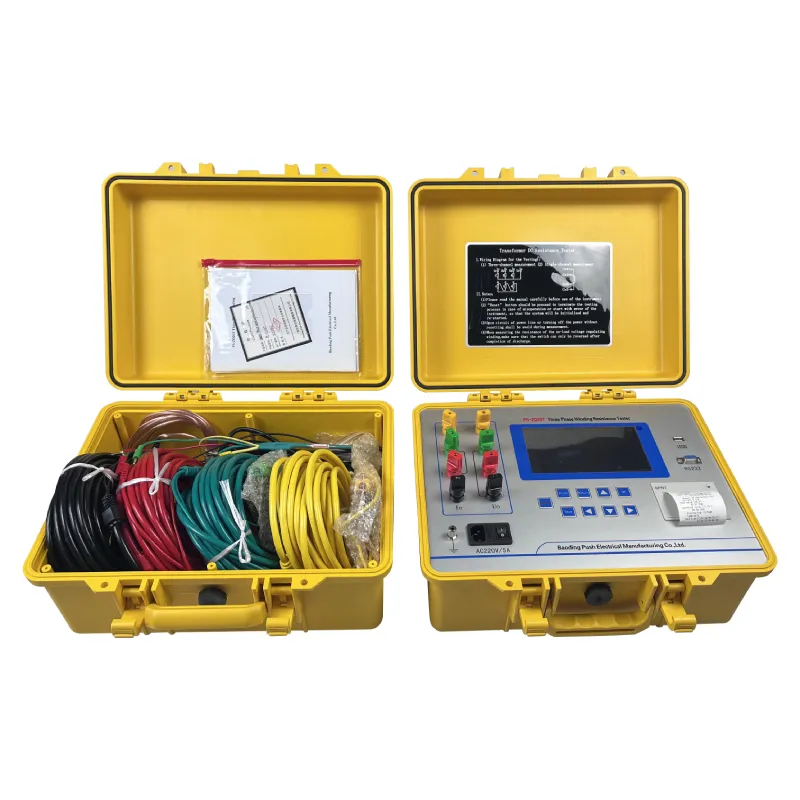 English
English



-
 Afrikaans
Afrikaans -
 Albanian
Albanian -
 Amharic
Amharic -
 Arabic
Arabic -
 Armenian
Armenian -
 Azerbaijani
Azerbaijani -
 Basque
Basque -
 Belarusian
Belarusian -
 Bengali
Bengali -
 Bosnian
Bosnian -
 Bulgarian
Bulgarian -
 Catalan
Catalan -
 Cebuano
Cebuano -
 China
China -
 China (Taiwan)
China (Taiwan) -
 Corsican
Corsican -
 Croatian
Croatian -
 Czech
Czech -
 Danish
Danish -
 Dutch
Dutch -
 English
English -
 Esperanto
Esperanto -
 Estonian
Estonian -
 Finnish
Finnish -
 French
French -
 Frisian
Frisian -
 Galician
Galician -
 Georgian
Georgian -
 German
German -
 Greek
Greek -
 Gujarati
Gujarati -
 Haitian Creole
Haitian Creole -
 hausa
hausa -
 hawaiian
hawaiian -
 Hebrew
Hebrew -
 Hindi
Hindi -
 Miao
Miao -
 Hungarian
Hungarian -
 Icelandic
Icelandic -
 igbo
igbo -
 Indonesian
Indonesian -
 irish
irish -
 Italian
Italian -
 Japanese
Japanese -
 Javanese
Javanese -
 Kannada
Kannada -
 kazakh
kazakh -
 Khmer
Khmer -
 Rwandese
Rwandese -
 Korean
Korean -
 Kurdish
Kurdish -
 Kyrgyz
Kyrgyz -
 Lao
Lao -
 Latin
Latin -
 Latvian
Latvian -
 Lithuanian
Lithuanian -
 Luxembourgish
Luxembourgish -
 Macedonian
Macedonian -
 Malgashi
Malgashi -
 Malay
Malay -
 Malayalam
Malayalam -
 Maltese
Maltese -
 Maori
Maori -
 Marathi
Marathi -
 Mongolian
Mongolian -
 Myanmar
Myanmar -
 Nepali
Nepali -
 Norwegian
Norwegian -
 Norwegian
Norwegian -
 Occitan
Occitan -
 Pashto
Pashto -
 Persian
Persian -
 Polish
Polish -
 Portuguese
Portuguese -
 Punjabi
Punjabi -
 Romanian
Romanian -
 Russian
Russian -
 Samoan
Samoan -
 Scottish Gaelic
Scottish Gaelic -
 Serbian
Serbian -
 Sesotho
Sesotho -
 Shona
Shona -
 Sindhi
Sindhi -
 Sinhala
Sinhala -
 Slovak
Slovak -
 Slovenian
Slovenian -
 Somali
Somali -
 Spanish
Spanish -
 Sundanese
Sundanese -
 Swahili
Swahili -
 Swedish
Swedish -
 Tagalog
Tagalog -
 Tajik
Tajik -
 Tamil
Tamil -
 Tatar
Tatar -
 Telugu
Telugu -
 Thai
Thai -
 Turkish
Turkish -
 Turkmen
Turkmen -
 Ukrainian
Ukrainian -
 Urdu
Urdu -
 Uighur
Uighur -
 Uzbek
Uzbek -
 Vietnamese
Vietnamese -
 Welsh
Welsh -
 Bantu
Bantu -
 Yiddish
Yiddish -
 Yoruba
Yoruba -
 Zulu
Zulu
moisture content
Understanding Moisture Content Importance and Implications
Moisture content is a critical parameter across various industries and applications, influencing the quality, safety, and shelf life of products. It refers to the amount of water contained in a substance, typically expressed as a percentage of the total weight. This measurement plays a vital role in fields such as agriculture, food processing, construction, and materials science, among others.
The Importance of Measuring Moisture Content
In agriculture, understanding moisture content is essential for optimizing crop growth and yield. Soil moisture content affects how well plants can absorb nutrients and water. Farmers often monitor soil moisture to determine the best times for irrigation, seeding, and harvesting. Overly dry or wet conditions can lead to poor crop performance, making moisture measurement a crucial aspect of sustainable farming practices.
Similarly, in food processing and storage, moisture content significantly impacts the quality and safety of food products. High moisture levels in food can lead to spoilage, mold growth, and the proliferation of harmful bacteria. For instance, grains such as wheat and rice require specific moisture levels to ensure optimal storage and prevent deterioration. Therefore, the food industry employs various moisture measurement techniques to ensure products meet regulatory standards and maintain consumer safety.
Methods of Measuring Moisture Content
There are several methods to measure moisture content, each with its own advantages and applications. The most common methods include
1. Oven Drying Method This traditional method involves weighing a sample before and after drying it in a controlled oven at a specific temperature. The difference in weight provides an accurate measurement of moisture content.
moisture content

2. Moisture Meters These handheld devices use various principles such as capacitance, resistance, or infrared radiation to measure moisture content quickly. They are particularly useful for on-site measurements in agriculture and construction.
3. Karl Fischer Titration A more sophisticated technique primarily used in laboratories, this method involves a chemical reaction that precisely quantifies the amount of water in a sample. It is especially valuable for low moisture content determinations in hygroscopic materials.
4. NIR (Near-Infrared) Spectroscopy This innovative technique analyzes the interaction of near-infrared light with the material to determine moisture levels. It is non-destructive and allows for quick, real-time assessments, making it popular in food and pharmaceuticals.
Implications of Incorrect Moisture Content
Inaccurately measuring moisture content can have severe repercussions. For instance, in construction, excessive moisture in building materials like wood or concrete can lead to structural integrity issues, mold growth, and increased susceptibility to pests. In industries such as pharmaceuticals, precise moisture control is critical; incorrect levels can compromise the efficacy of active ingredients.
Moreover, in the food sector, improper moisture management can result in decreased shelf life, reduced nutritional value, and potential foodborne illnesses. Hence, effective monitoring and control of moisture content are paramount across all sectors.
Conclusion
Moisture content is not just a number; it is an essential characteristic that affects multiple aspects of production, storage, and quality assurance. Understanding its significance and implementing rigorous measurement and control mechanisms can lead to better product quality, reduced waste, and increased safety. As technology advances, the methods for measuring moisture content will continue to evolve, providing even more precise and efficient solutions for various industries. Achieving the right balance of moisture is crucial for sustainable practices and will remain a key focus as we move towards a more resource-conscious future.
-
Testing Equipment Industry Sees Major Advancements in 2025: Smart & Precision Technologies Lead the WayNewsJun.06,2025
-
Applications of Direct Current Generators in Renewable Energy SystemsNewsJun.05,2025
-
Hipot Tester Calibration and Accuracy GuidelinesNewsJun.05,2025
-
Digital Circuit Breaker Analyzer Features and BenefitsNewsJun.05,2025
-
Benefits of Real-Time Power Quality Monitoring Devices for Industrial EfficiencyNewsJun.05,2025
-
Earth Fault Loop Testing in High-Rise Building Electrical SystemsNewsJun.05,2025



